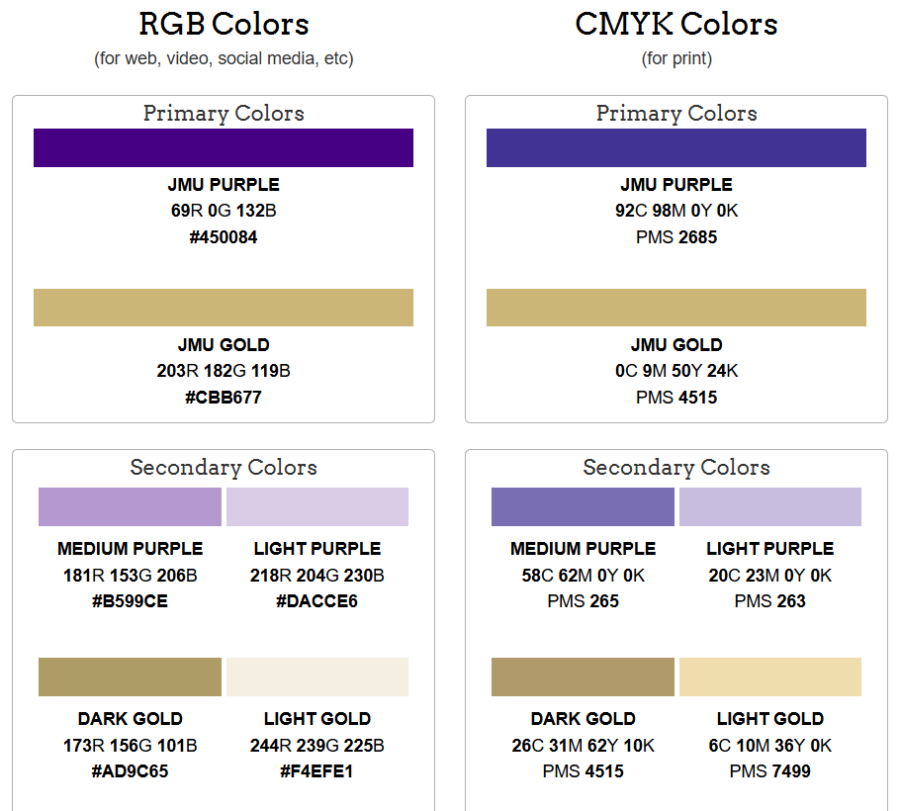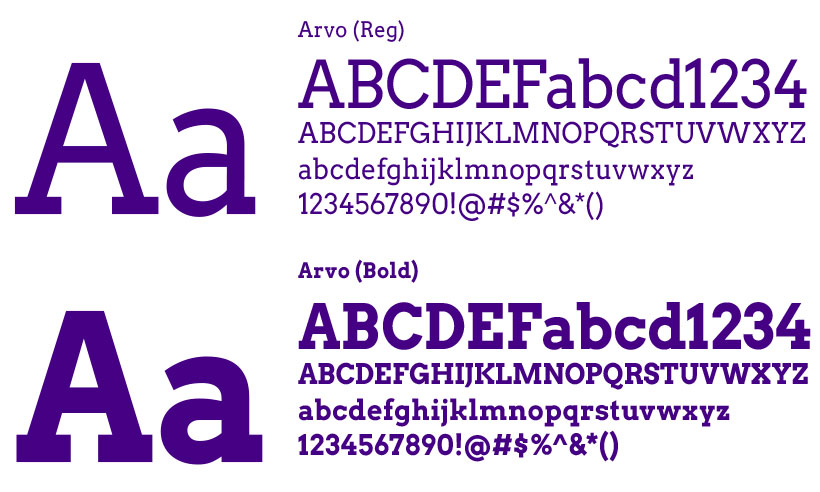How I Used User Research Methodologies to Assist in Generating over $1 Million + In Commitment Revenue
James Madison University
Is a D1 and R2 school focusing on academic excellence in Harrisonburg, Virginia
1
M+
Dollars gained in university related revenue from direct involvement
12
Th
Prospective students served over the course of 4 years
300
+
University Immersion Experience given
Prospective Secondary School Students, Families, & Faculty Members
Imagine you're a prospective student evaluating where to invest the next four years of your academic journey. You and your family are seeking a deeper understanding of what sets JMU apart — beyond what brochures and websites can convey. I invite you to ask questions so I can provide clear, personalized insight into what makes the JMU experience truly distinctive.
Uses research and user feedback to create a more personalized, engaging experience for prospective students and families. By expanding efforts to include virtual tours, live Q&As, student stories, and class previews, we built a more welcoming environment. This approach not only increased engagement — it led to a measurable rise in student commitments by helping families truly envision themselves at JMU
How I used affinity diagramming, direct user feedback, and testing interaction models to design an interactive campus tour that feels engaging, intuitive, and memorable for prospective students and families.
I used affinity diagramming to identify pain points students and families face when exploring campus — like feeling overwhelmed, missing key spots, or not connecting with the community vibe. Then, I gathered direct feedback to learn what makes a tour feel personal and exciting. Finally, I tested different interaction models — like virtual Q&As, interactive maps, and storytelling stops — to see which experiences kept people engaged and helped them picture themselves on campus.
The result? A campus tour that goes beyond a walk around the quad — it sparks connection, answers real questions, and leaves visitors feeling like they truly belong before they even enroll.

How I used FigJam and Google Docs — to design interactive physical and virtual campus tours that create better connections with prospective students and families.
I collected direct user feedback from students and families to understand what made tours feel engaging and where they fell short. Using FigJam, I mapped out this feedback through affinity diagramming to identify key pain points — like confusing routes or missing information. We then ideated solutions for both in-person and virtual experiences.
Throughout the process, I documented notes and action items in Google Docs for alignment. I also conducted heuristic evaluations to refine the flow and clarity of the tours, ensuring every stop and transition felt intuitive and informative.
The result? A set of interactive campus tours — both physical and virtual — that make it easier for prospective students and families to explore, ask questions, and truly picture themselves as part of the community.
Turning Diverse Perspectives into Cohesive Experiences
In my role with JMU Outreach, one of my biggest roadblocks was working with a wide range of groups — from prospective students with different backgrounds to internal teams with varying levels of experience and expectations. This diversity often led to inconsistencies in how information was delivered and how conversations flowed.
To overcome this, I leaned on direct user feedback as my guiding light. I treated each student interaction as an opportunity to listen for friction points and note what language and flow felt most natural to them. By synthesizing these insights, I was able to craft more cohesive and consistent scripts and call flows that worked for everyone — regardless of their starting point.
Sharing these improvements across the team helped align our approach, ensuring that every caller could deliver a clear, user-friendly experience. This process taught me the value of empathy, adaptability, and the power of research-backed decision-making in transforming fragmented processes into unified, meaningful experiences.
12
12
12
For Participants:
- Increased Engagement – Storytelling, humor, and gradual participation encourage active involvement.
- Confidence in Asking Questions – Normalizing curiosity and providing anonymous options empower hesitant individuals.
- Stronger Connection to Content – Relatable narratives and scaffolded learning improve information retention.
For Facilitators/Organizers:
- Higher Satisfaction Rates – Positive experiences lead to better feedback and word-of-mouth promotion.
- More Effective Communication – Structured pacing and varied engagement methods
- Actionable Insights – Real-time feedback allows for continuous improvement.
For the JMU:
- Improved First Impressions – Welcoming tours increase enrollment interest and student retention.
- Enhanced Reputation – A reputation for thoughtful, student-centered experiences attracts diverse audiences.
- Data-Driven Refinements – Feedback loops ensure experiences evolve to meet user needs.










